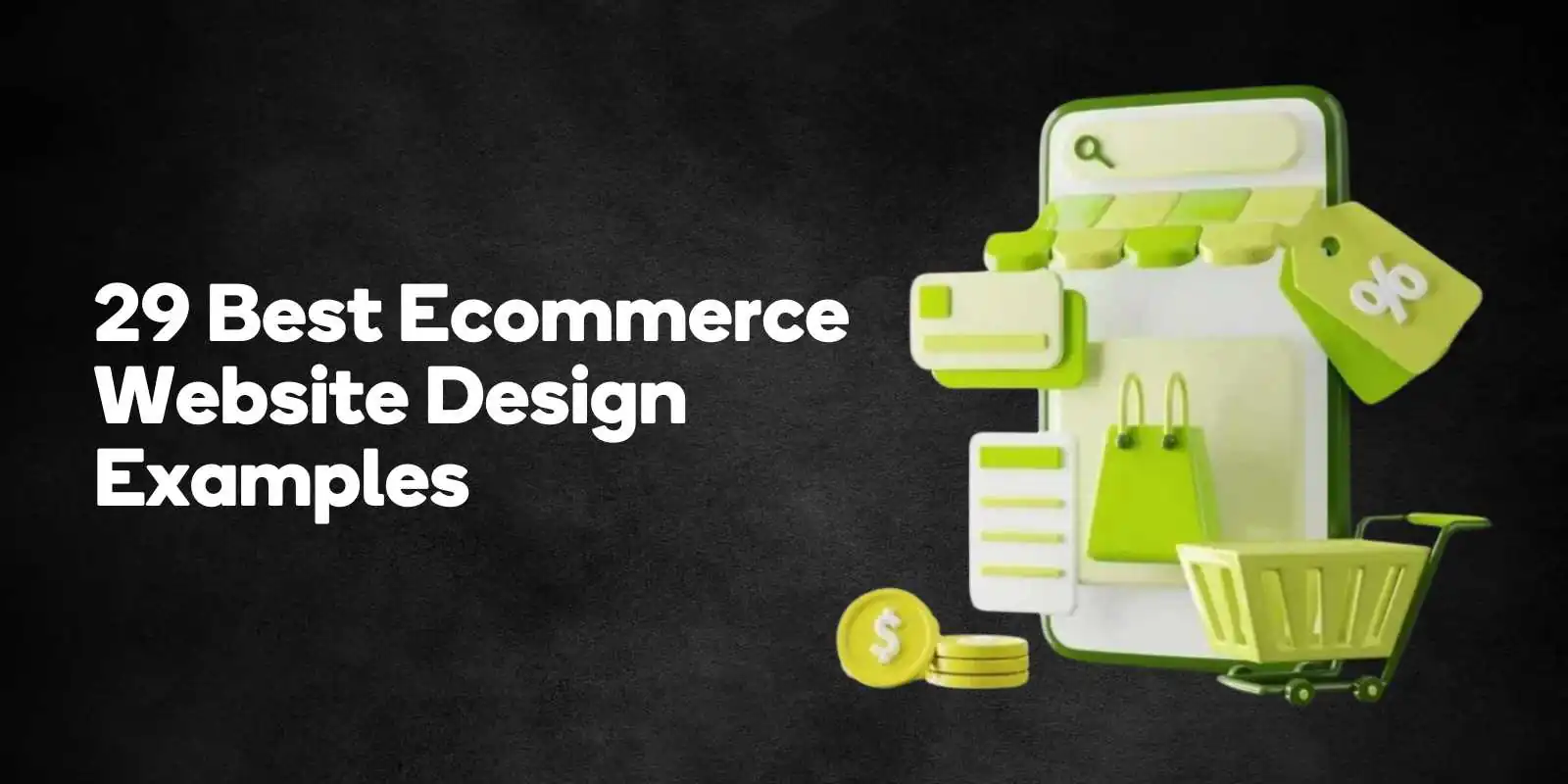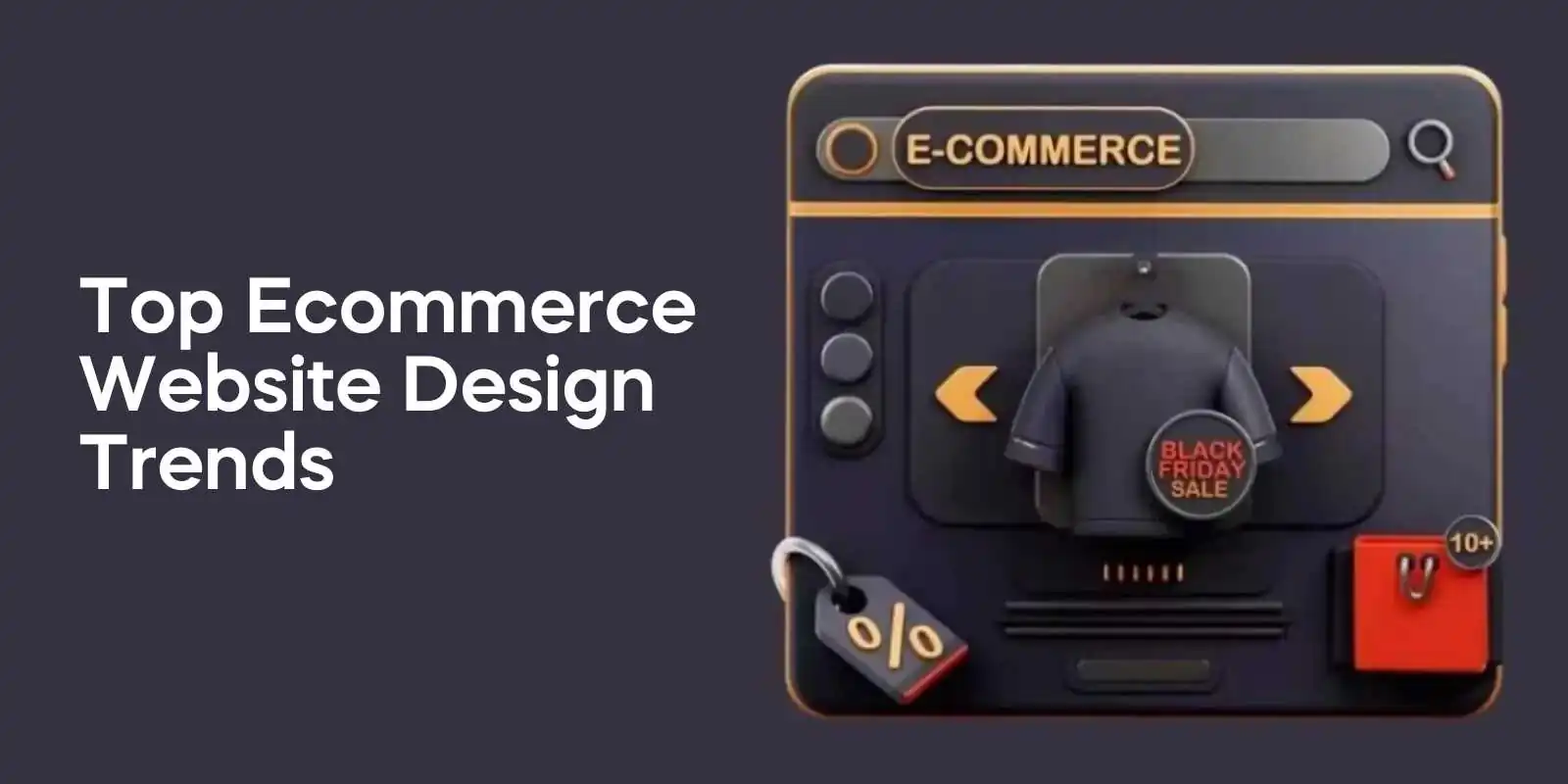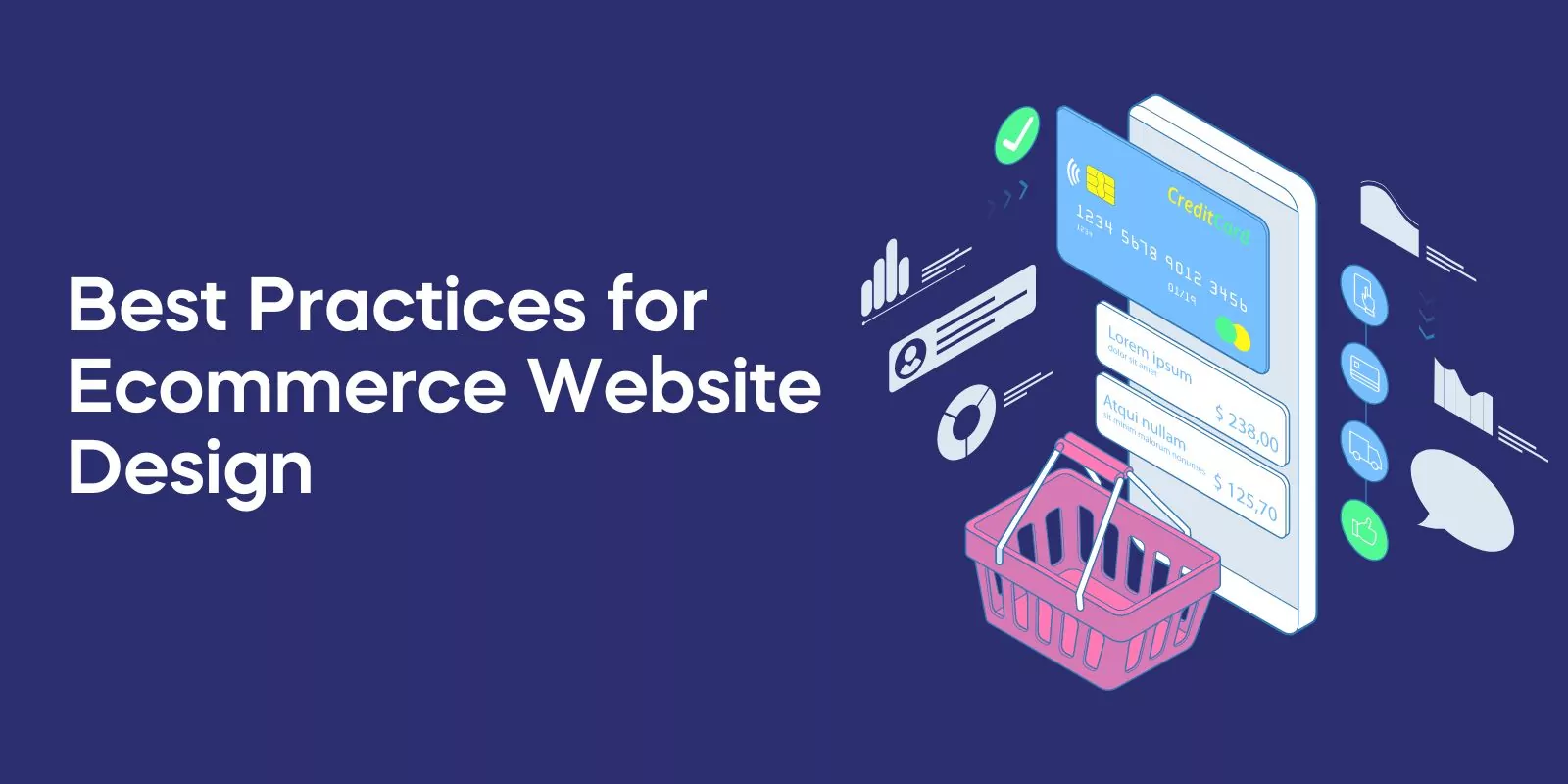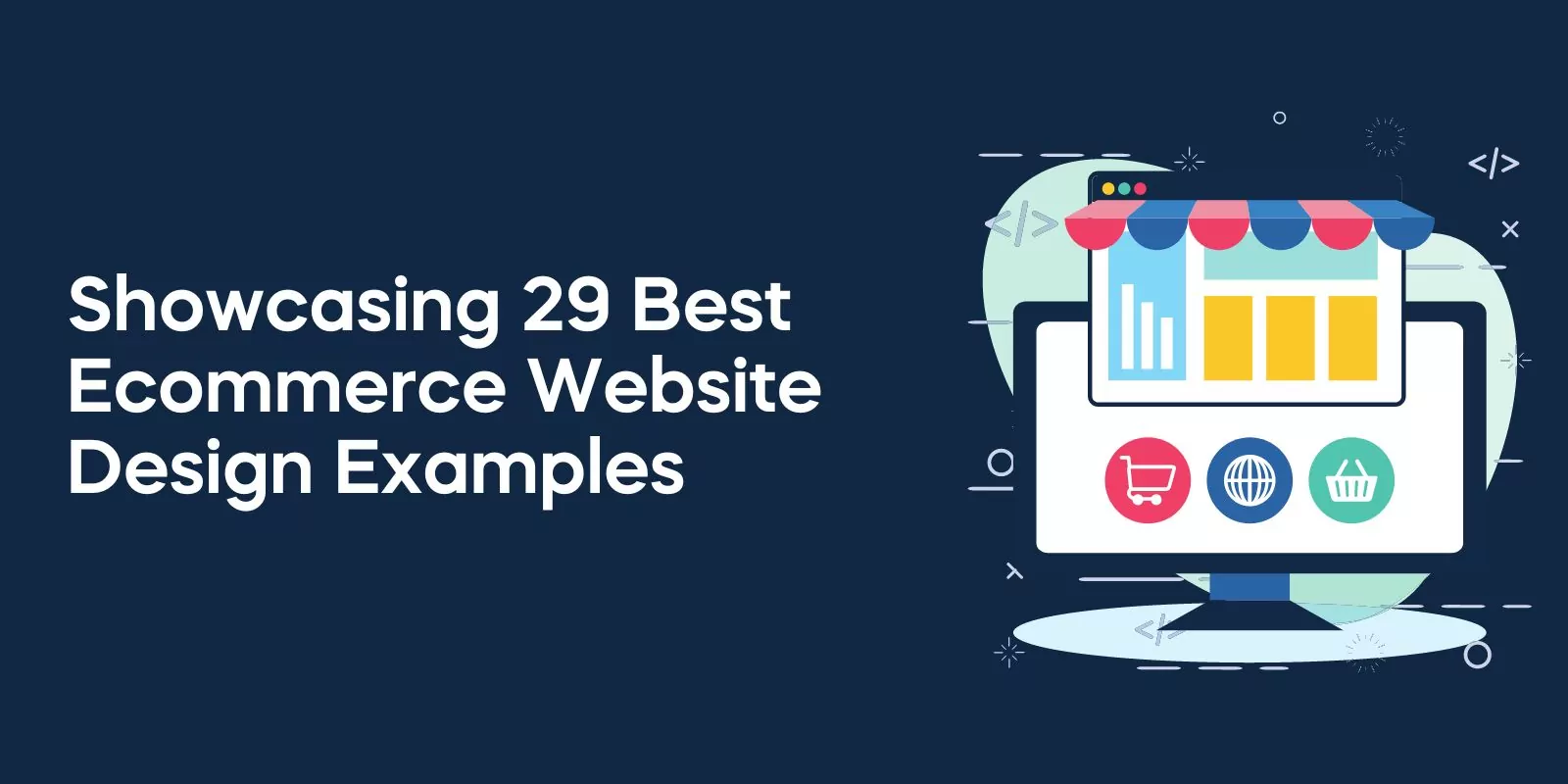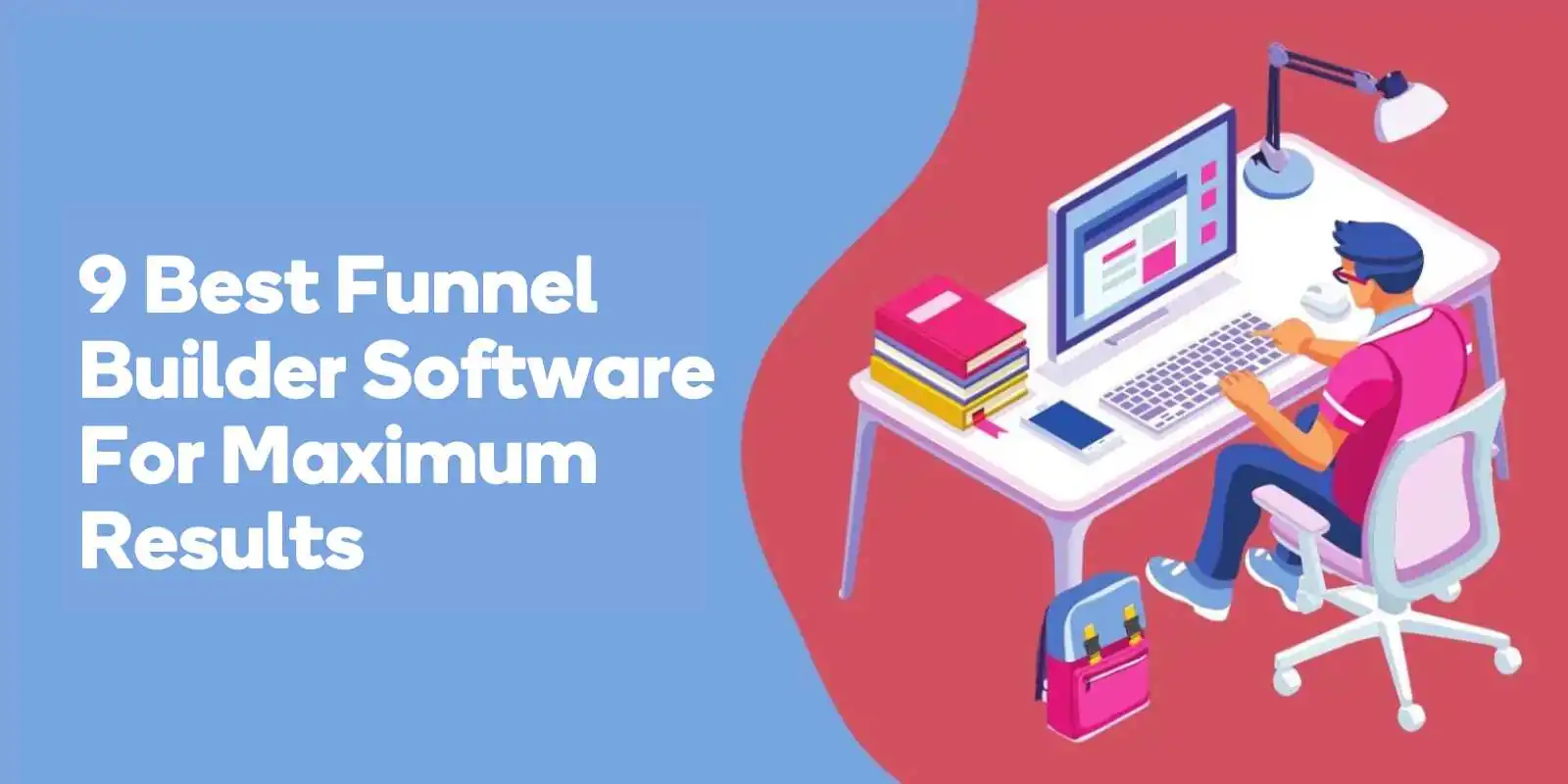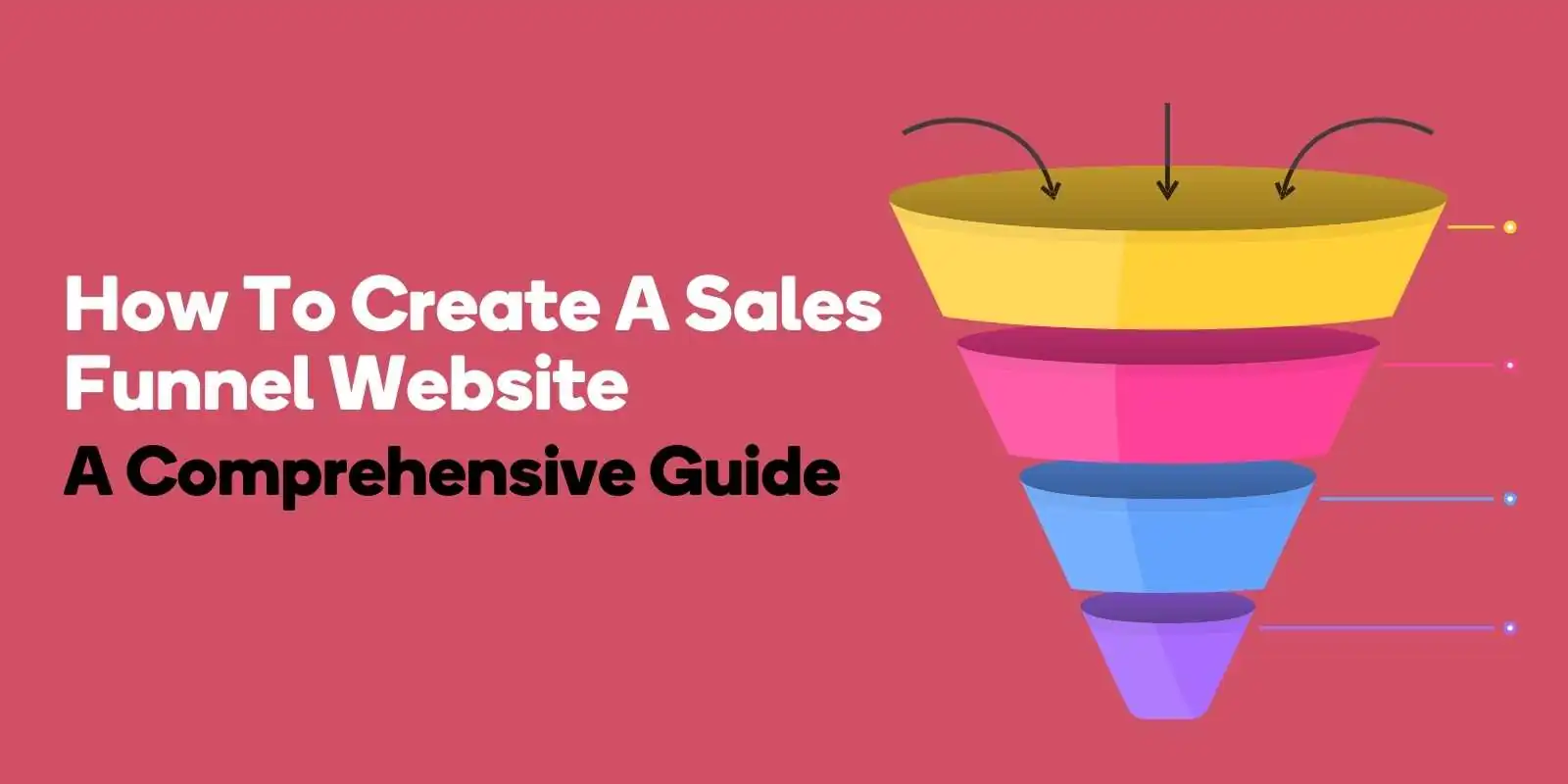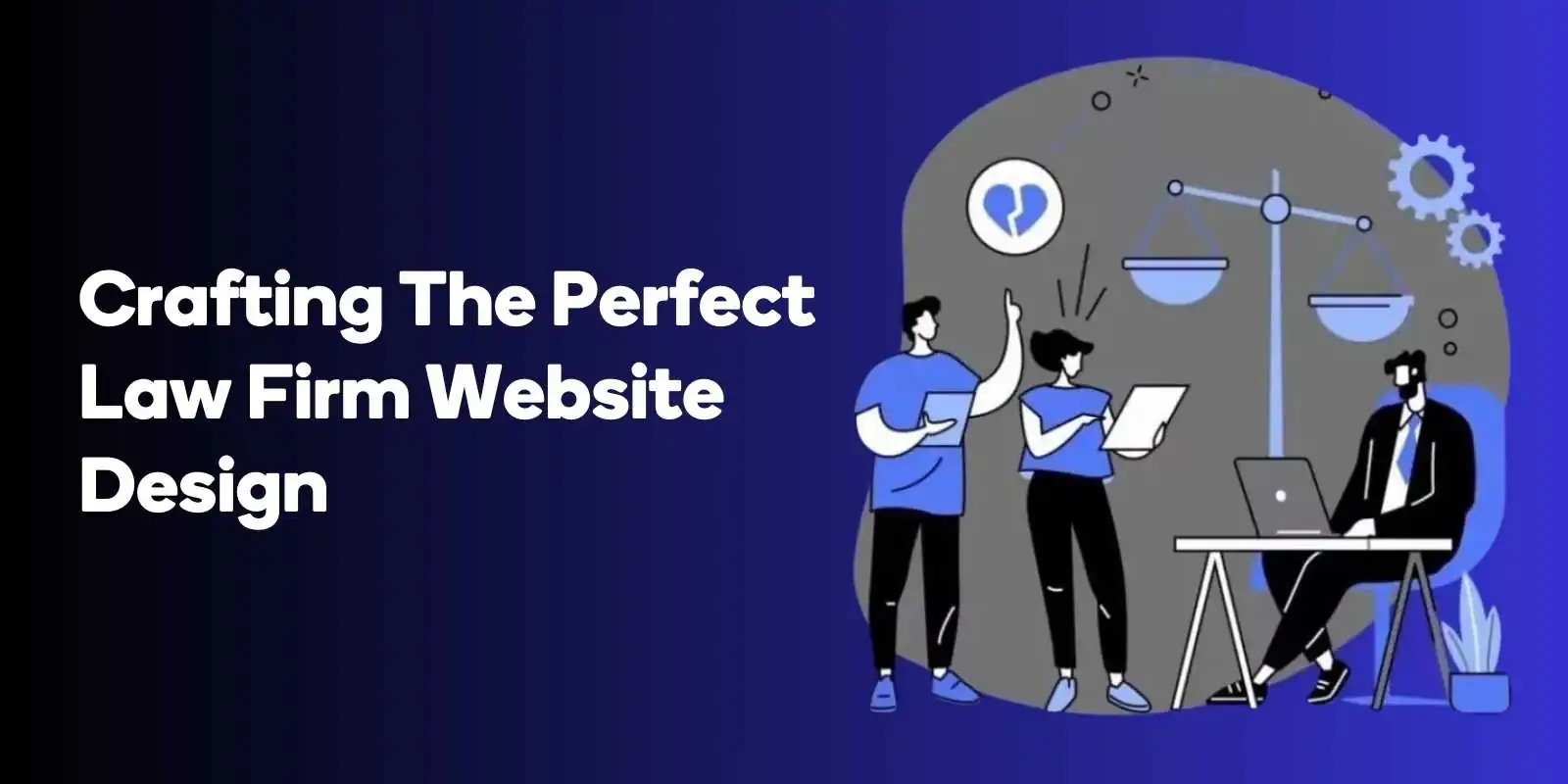This comprehensive guide will walk you through the essential elements of ecommerce website design, the latest trends, best practices, and showcase over 20 inspiring examples to help you create an exceptional online shopping experience for your customers. Let’s begin!
Essential Elements of Ecommerce Website Design
Designing an effective ecommerce site goes beyond aesthetics; it involves creating a seamless and enjoyable online shopping experience for your great ecommerce website.
A successful ecommerce store typically features a compelling brand narrative and visuals, intuitive navigation, an organized menu structure, a search bar, optimized product pages, and a quick checkout process.
Incorporating these key elements into your website design is crucial to drive sales and establish your online store as a credible and trustworthy platform for potential customers.
Let’s delve deeper into these essential elements of ecommerce website design.
User Experience
User experience is the backbone of any ecommerce website. Ensuring that customers can easily find their desired products, navigate through different product categories, and have a seamless shopping experience across desktop, smartphone, and tablet devices is of paramount importance.
For ecommerce websites with extensive inventory, incorporating a hierarchical product menu and a product search with filtering capabilities can significantly improve the user experience.
Mobile optimization is another critical aspect of user experience. With the majority of online shopping taking place on mobile devices, employing a responsive template or theme on your ecommerce platform and incorporating features like cart drawers and streamlined mobile navigation is essential.
Before launching your mobile design, thoroughly test it to ensure that screen size adjustments and feature migration have been successfully completed.
Readability is another key aspect to consider. Tools like Readable and Grammarly can help you assess sentence length and language style to ensure your website content is easily digestible for your customers.
Additionally, implementing strategies such as maintaining a consistent brand identity, utilizing mobile-first design principles, and providing clear calls-to-action are recommended for an outstanding user experience.
Aesthetics for Ecommerce Website Design
A visually appealing ecommerce website can significantly impact customer perception and engagement. High-quality images, carefully chosen color schemes, well-suited typography, and organized layouts all contribute to creating an aesthetically pleasing online store that stands out from the competition.
One essential aspect of aesthetics is the use of high-quality product images. Customers cannot physically interact with products when shopping online, so providing clear and detailed product photos is crucial to help them make informed purchase decisions.
Ensure that your product images are of high resolution and showcase your products from various angles to give customers a complete understanding of what they are purchasing.
Color schemes play a significant role in setting the tone and mood of your ecommerce website. The right color palette can evoke emotions and create a lasting impression on your website visitors.
Consider the preferences of your target audience and the message you want to convey through your brand when selecting colors for your website.
Subtle and neutral colors may be suitable for a minimalist and elegant look, while bright and bold colors can create a sense of energy and excitement.
Typography also plays a vital role in the aesthetics of your ecommerce website. Choose fonts that are easy to read and complement the overall design of your website.
It’s important to strike a balance between style and functionality, ensuring that your chosen typography enhances the user experience and conveys your brand’s personality effectively.
Functionality for Ecommerce Website Design
In addition to user experience and aesthetics, functionality is a critical aspect of a successful ecommerce website.
Essential functionalities include a shopping cart, a seamless checkout process, multiple payment options, and security features to ensure a safe and smooth online shopping experience for your customers.
Customization options are also important to create a unique and personalized online store that reflects your brand identity.
Editing themes, features, domain name, logo, colors, and fonts are some of the customization options available for ecommerce websites.
Introducing new design elements is important to ensure customer preferences and a smooth buyer journey are met. Carefully evaluate the design of the elements before implementing them, to make sure they do not create obstacles for customers.
Incorporating trust indicators, such as customer reviews, trust badges, and a clear return policy, can significantly enhance the shopping experience and boost customer confidence in your ecommerce website.
Displaying contact information is another crucial trust-building element, reinforcing the credibility of your online business.
Lastly, don’t overlook the importance of optimizing your ecommerce website for search engine optimization (SEO).
Integrating SEO with your website design, social media marketing, and digital campaigns can boost traffic to your store and support your overall marketing strategy.
Continuously audit web pages, test usability, and analyze customer browsing habits to ensure the relevance of your value proposition and identify areas of improvement for the online shopping experience.
Top Ecommerce Website Design Trends
Staying ahead of current trends is vital for any ecommerce business looking to attract new customers and stay competitive in the online marketplace.
Ecommerce website design trends are predicted to include personalization, interactive elements, and social commerce integration.
Let’s explore each of these trends in more detail to help you stay ahead of the curve.
Personalization
Personalization has become increasingly important in the world of ecommerce, as it allows businesses to create unique experiences tailored to individual customers based on their past purchases or browsing behavior.
Implementing personalization techniques, such as product recommendations, user-generated content, and segment-based shopping suggestions, can lead to increased sales, customer engagement, and customer loyalty.
One way to implement personalization is through targeted promotions. By analyzing customer data, you can determine the most relevant and appealing offers for each customer segment, increasing the chances of conversion.
Customized content, such as blog posts or newsletters, can also be tailored to specific customer groups, providing them with relevant and engaging content that resonates with their interests and needs.
Another effective personalization tactic is utilizing user-generated content (UGC), such as customer reviews, photos, and videos.
UGC can serve as a powerful form of social proof, helping potential customers feel more confident in their purchase decisions. By showcasing real customers’ experiences with your products, you can create a more authentic and relatable online shopping experience.
Ultimately, incorporating personalization into your ecommerce website design can lead to higher customer satisfaction and loyalty, as it demonstrates that you understand and care about your customers’ needs and preferences.
By creating a more personalized shopping experience, you can deepen your connection with your customers and foster long-term relationships.
Interactive Elements
Incorporating interactive elements, such as animations, quizzes, and chatbots, can greatly enhance the user experience and create a more engaging online shopping environment.
These interactive features not only capture the attention of your customers, but also provide them with a fun and unique way to explore your products and services.
Animations can be used to add visual interest and provide a dynamic element to your ecommerce website. They can be utilized to highlight specific products, showcase promotions, or guide users through the purchasing process.
However, it’s essential to strike a balance between engaging animations and maintaining a fast-loading website to ensure a smooth customer experience.
Quizzes and interactive content can help users find the perfect product or service tailored to their needs. For example, Vitra’s online store features quizzes that help customers find the ideal furniture piece for their home, while Heveya’s ecommerce website offers a 360-degree experience for customers to explore their bedding products.
Chatbots have become increasingly popular in recent years, providing instant customer support and guiding users through the shopping process.

Award-Winning
Sales Funnel & Website Expert
Discover How My Agency Can Grow Your Business
- Website: Our websites are the perfect blend of form and function.
- Sales Funnel: We build sales funnels that turn leads into customers.
- SEO: Get found online with our expert SEO services.
By integrating chatbots into your ecommerce website, you can offer personalized assistance and address customer concerns in real-time, ultimately improving the overall shopping experience.
Social Commerce Integration
Integrating social media platforms into your ecommerce website is another crucial trend, as it enables you to boost brand visibility, customer engagement, and sales.
Social commerce is the merging of social media and ecommerce, allowing customers to discover and purchase products directly through social media platforms.
By incorporating social commerce into your ecommerce website design, you can reach shoppers across various channels, including ecommerce stores, and provide them with a seamless shopping experience.
Some examples of social commerce integration include shoppable posts on Instagram, Facebook Shop, and Pinterest’s Buyable Pins.
Additionally, leveraging user-generated content from social media platforms can help you create a sense of community and showcase real customers’ experiences with your products.
This form of social proof can be a powerful tool in building trust and credibility with potential customers.
In summary, integrating social commerce into your ecommerce website can help you tap into the power of social media platforms to increase brand awareness, engage with your target audience, and ultimately drive sales.
Best Practices for Ecommerce Website Design
Now that we have covered the essential elements and current trends in ecommerce website design, let’s discuss some practical tips and best practices to help you create a successful online store among the growing competition of online stores.
By following these recommendations, you can ensure that your ecommerce website is visually appealing, user-friendly, and optimized for conversions.
Consistent Branding
Maintaining a consistent brand identity across all pages of your ecommerce website is crucial for creating a cohesive and recognizable brand image.
Consistent branding involves displaying the same visual elements, such as your logo, fonts, and color scheme, on any channel or message conveyed by your brand.
A consistent brand image helps build trust with your customers, as it reassures them that they are engaging with a professional and established online business.
Furthermore, a unified brand identity can make it easier for customers to recall your brand and differentiate it from competitors.
To achieve consistent branding, ensure that your logo is prominently displayed on every page of your ecommerce website, and use a consistent color scheme and typography throughout the site.
Additionally, make sure that your brand’s messaging and tone are consistent across all channels, including your website, social media, and email marketing campaigns.
Mobile-First Design
With the majority of online shopping happening on mobile devices, it’s more important than ever to ensure that your ecommerce website is fully optimized for mobile browsing.
Mobile-first design is an approach in which the website is initially designed for mobile devices, and then scaled up for desktops and laptops.
Implementing a mobile-first design ensures that your ecommerce website is accessible and user-friendly for customers on any device.
By prioritizing mobile optimization, you can provide a seamless shopping experience, reduce bounce rates, and ultimately increase conversions.
Some best practices for mobile-first design include using responsive design, adaptive design, and progressive web apps to ensure that your website loads quickly and functions correctly on all devices.
Additionally, make sure to test your mobile design thoroughly before launch to identify and fix any issues that may arise.
Clear Calls-to-Action
Clear and visible calls-to-action (CTAs) are vital for guiding users through the purchasing process and encouraging them to take action, such as adding an item to their cart or completing a purchase.
Examples of clear CTAs include “Buy Now,” “Add to Cart,” “Subscribe,” and “Download.” The most effective CTAs are unambiguous, succinct, and action-oriented.
To optimize your ecommerce website for conversions, ensure that your CTAs are prominently displayed and easy to spot. Use contrasting colors, bold fonts, and clear language to make your CTAs stand out and encourage users to take action.
Additionally, consider the placement of your CTAs on the page. Position them near relevant content or products to increase the likelihood of customers clicking on them.
By making it easy for users to take action, you can improve the overall shopping experience and boost your conversion rates.
Showcasing 29 Best Ecommerce Website Design Examples
To help you visualize the concepts and best practices discussed in this guide, we have curated a list of over 20 outstanding ecommerce website design examples, showcasing various industries, styles, and design elements.
Explore these inspiring examples of the best ecommerce websites, such as Simply Chocolate, Kings Coast Coffee Company, Decibullz, The Paper Cub Co., Fred Jourdain, and many others, to gather ideas and inspiration for your own ecommerce website design.
These examples are a great way to get inspired and to learn from the successes of others.
Take a look at the different design elements, such as color, typography, layout, and imagery, to see how they can be used to create a unique and engaging ecommerce website. Consider the following points.
Frequently Asked Questions
How would you design a website for e-commerce?
Designing a website for e-commerce requires selecting the perfect platform, purchasing a domain name, finding a developer, choosing an appropriate theme, customizing a template, adding products, setting up payment options, and sorting out shipping settings.
By following these steps, you can ensure your website provides customers with an excellent online shopping experience.
What is the best ecommerce website design cost?
Overall, the best ecommerce website design cost depends on the individual business needs and marketing strategy. On average, small to medium-sized businesses will likely spend between $1,000 – $10,000 per month on ecommerce website design, while larger businesses may spend up to $15,000 monthly.
Therefore, it is important to consider all factors when deciding on an appropriate budget for your ecommerce website design.
What is an example of a basic e-commerce website?
An example of a basic e-commerce website would be an online store that sells items such as books, clothing, and electronics. The site would have secure payment options and easy navigation for customers to find what they want quickly and safely.
What is eCommerce in web design?
Ecommerce web design is the process of designing an online store for selling products and services. It involves creating a website that enables customers to navigate through products, add them to a virtual cart, and complete their orders securely.
Ecommerce web design also focuses on creating a user-friendly shopping experience and integrating digital payment options.
What are the essential elements of a successful ecommerce website?
For a successful ecommerce website, it is essential to have a well-crafted brand story, engaging visuals, convenient navigation, comprehensive product offerings, quick and secure checkout, and effective user reviews.
These elements are essential for creating an enjoyable user experience and driving conversions. A website should be designed with the user in mind, ensuring that the user can easily find what they are looking for and complete their purchase quickly and securely. Additionally, user reviews can be a powerful tool for building a website.
Conclusion
In conclusion, designing a successful ecommerce website involves combining essential elements, such as user experience, aesthetics, and functionality, with current trends and best practices.
By focusing on creating a seamless online shopping experience, maintaining consistent branding, implementing mobile-first design, and using clear calls-to-action, you can set your online store apart from the competition and attract more customers.
We hope this comprehensive guide has provided you with valuable insights and inspiration to create an exceptional ecommerce website that stands the test of time.
